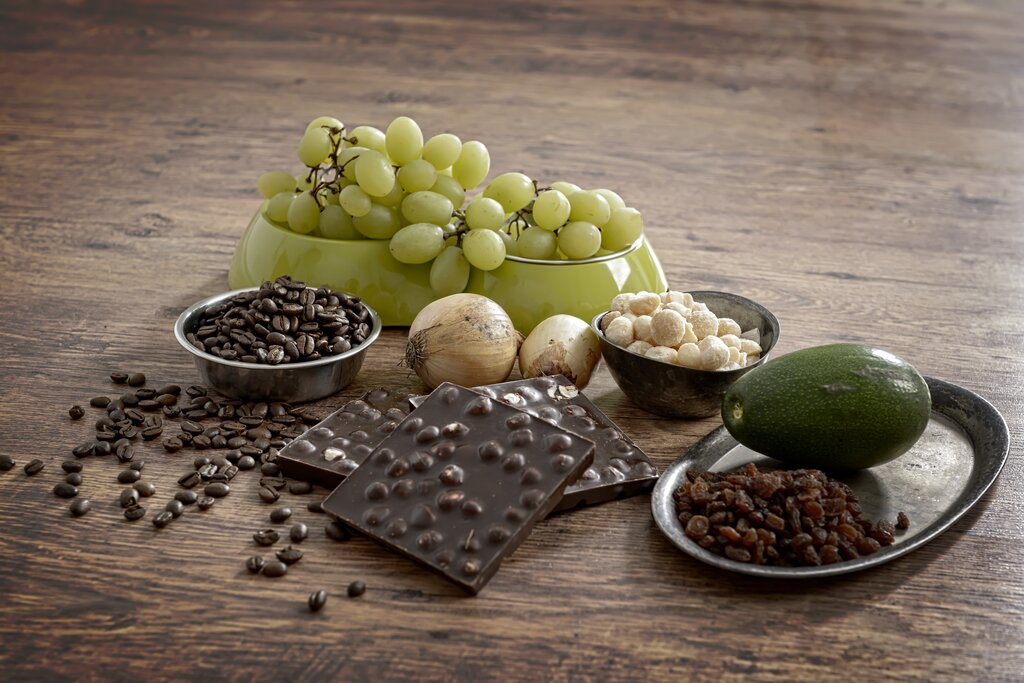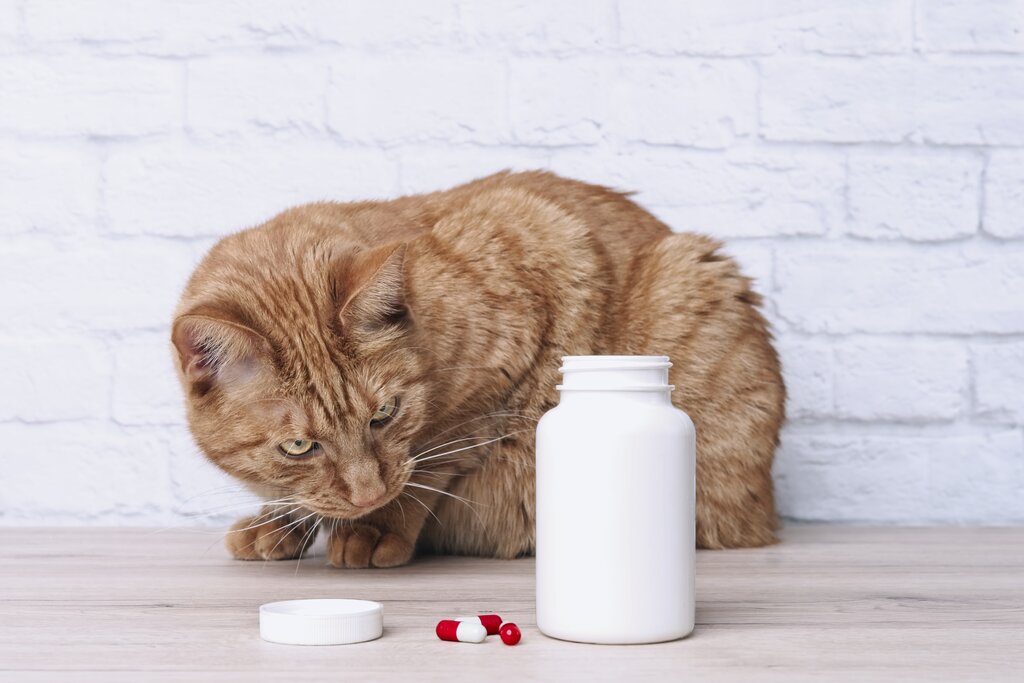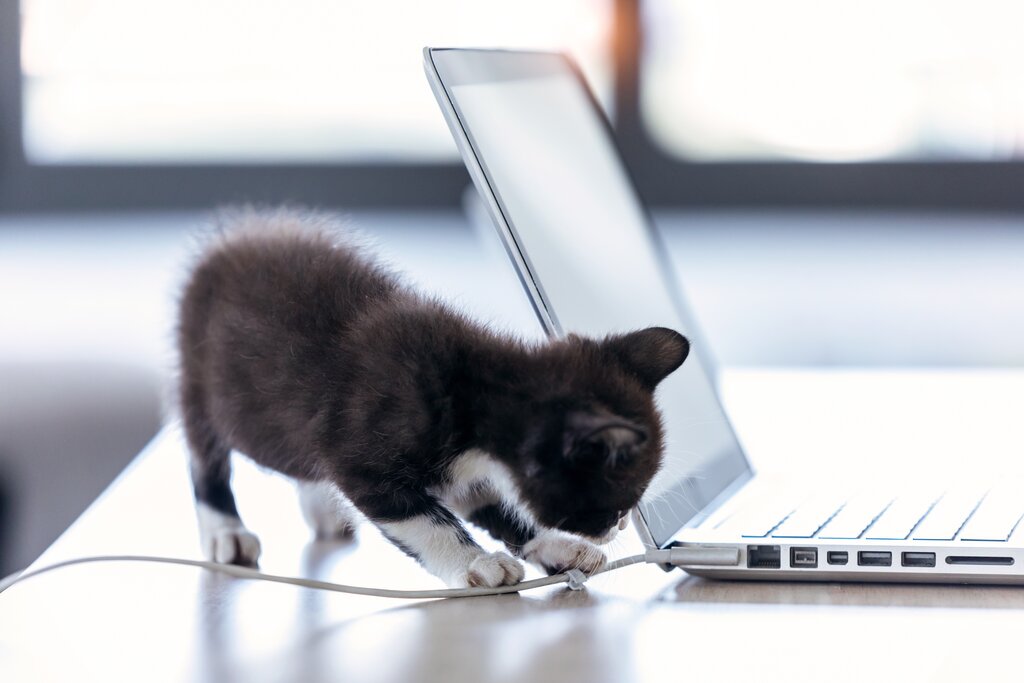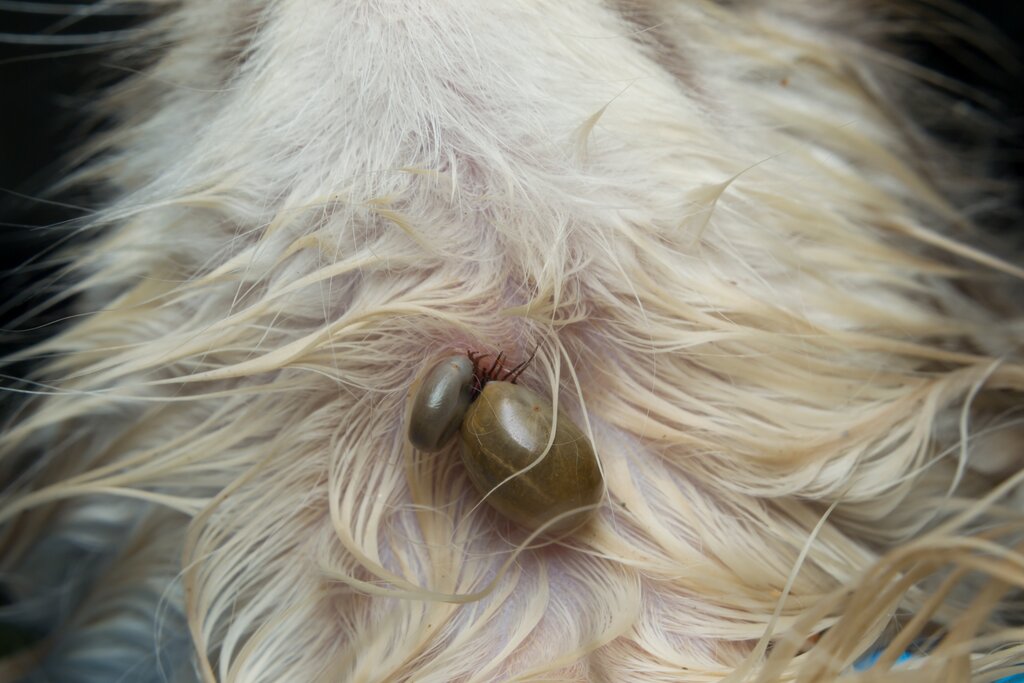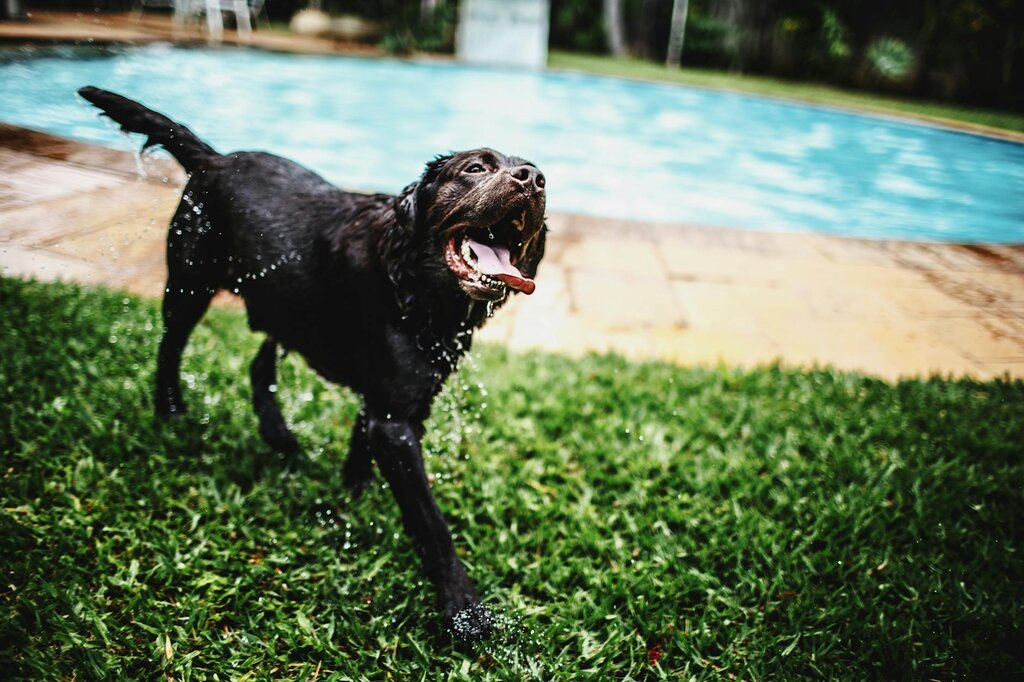Rat and Mouse Bait
Accidental ingestion of rat or mouse bait is one of the most common causes of poisoning in pets. Rodenticides are used in the control of mouse and rat populations. They are sold as baits or pellets which are placed in and around homes where rats and mice are regularly found. These products are designed to be highly palatable making them attractive to dogs and cats. Pets can also suffer from secondary poisoning if they ingest a rodent which has consumed one of these deadly products.
Rodenticides work by interfering with Vitamin K1, an important part of the blood clotting process. Without Vitamin K the body can no longer form clots which can lead to uncontrollable bleeding.
Due to this, signs of poisoning in pets are often delayed and are associated with blood loss. While bleeding can sometimes be seen from the mouth and eyes, the signs of internal bleeding are not always obvious and may include vomiting, pale gums, an enlarged abdomen and black tarry faeces. If not treated, the inability to clot and the subsequent blood loss can result in death.
If you suspect that your pet has had access to a rodenticide, it is important to see your veterinarian immediately.
Snail and Slug Baits
Snail and Slug Baits can contain metaldehyde, which is incredibly toxic to dogs, cats and wildlife. Even a small amount can cause poisoning, resulting in vomiting, drooling, severe tremors, seizures and even death.
To ensure your pet is not put at risk, it is best to avoid using this product. Opt for natural deterrents such as crushed egg shells or sand sprinkled on your garden, or a non-toxic slug or snail product.
Herbicides and Fertilisers
Herbicides are used to inhibit the growth of certain plants, generally weeds. Glycophosate is a popular herbicide in Australia, and most often causes toxicity in pets when they consume plants which have been sprayed with the product. Signs of exposure can include mild skin irritation and gastrointestinal signs.
Most fertilisers contain a combination of ingredients including herbicide, fungicide and insecticide. Because of this, ingestion of the toxin can cause differing signs but may include vomiting, diarrhoea, lethargy and abdominal pain.
Organic fertilisers such as blood, bone or fish meal, can be appealing and highly palatable to dogs and cats. Ingested in large quantities this can lead to vomiting, diarrhoea, pancreatitis or intestinal obstruction.
Toads
Most pets come into contact with toads through licking or biting them. This is especially common in young, curious puppies. When threatened, toads release a toxin from their parotid glands located just behind the eyes.
When the toxin comes into contact with a pets mouth, it is rapidly absorbed. The first and most common sign that a pet has had contact with a toad is excessive drooling or foaming at the mouth. The toxin, if left untreated can cause vomiting, seizures, increased heart rate and even death.
If you believe that your pet has had contact with a toad, it is recommended to wipe the inside of their mouth with a damp cloth as soon as possible to remove any toxin. A hose should never be used to clean out your pet's mouth, as this can force water into the lungs. Once the toxin has been removed, then they should see the vet immediately to continue emergency care.
Warning: If you believe your pet has consumed or has been in contact with a toxic substance please immediately contact your local vet, 24hr vet emergency centre or call the Australian Animal Poisons Helpline on 1300 TOX PET (1300 689 738). Delaying treatment may worsen the symptoms.
Pools and Spas
Water safety in children is of paramount importance in Australia, but is not just humans who are at risk around water, pets and wildlife can face the same dangers and backyard drownings unfortunately occur.
Pets should always be supervised near water. It is for this reason that pool areas should never be used as fenced yards for dogs. To protect local wildlife from drowning, consider draping a rope or mat over the edge of the pool so that if they fall in by accident, they can grab onto it and pull themselves out.
Fruit Stones or Seeds
Some backyard plants can drop fruits which when ingested, the seed causes an intestinal blockage. Signs of a foreign body or intestinal blockage in dogs and cats may include inappetance, vomiting, drooling, lethargy and abdominal pain.
Seeds found in fruits such as cherries, apricots, plums, peaches and mangoes, contain cyanide which can be toxic when eaten. The toxin is only found inside the seed of the fruit which needs to be broken to expose it. Fortunately, most pets lack the strength to break open these seeds, resulting in a low risk of toxicity.
Looking for more information on which fruits are safe for your pet? Read the following articles: Can dogs eat watermelon?, Can cats eat watermelon?, Can dogs eat blueberries?, Can cats eat blueberries?, Can dogs eat strawberries? and Can cats eat strawberries?


